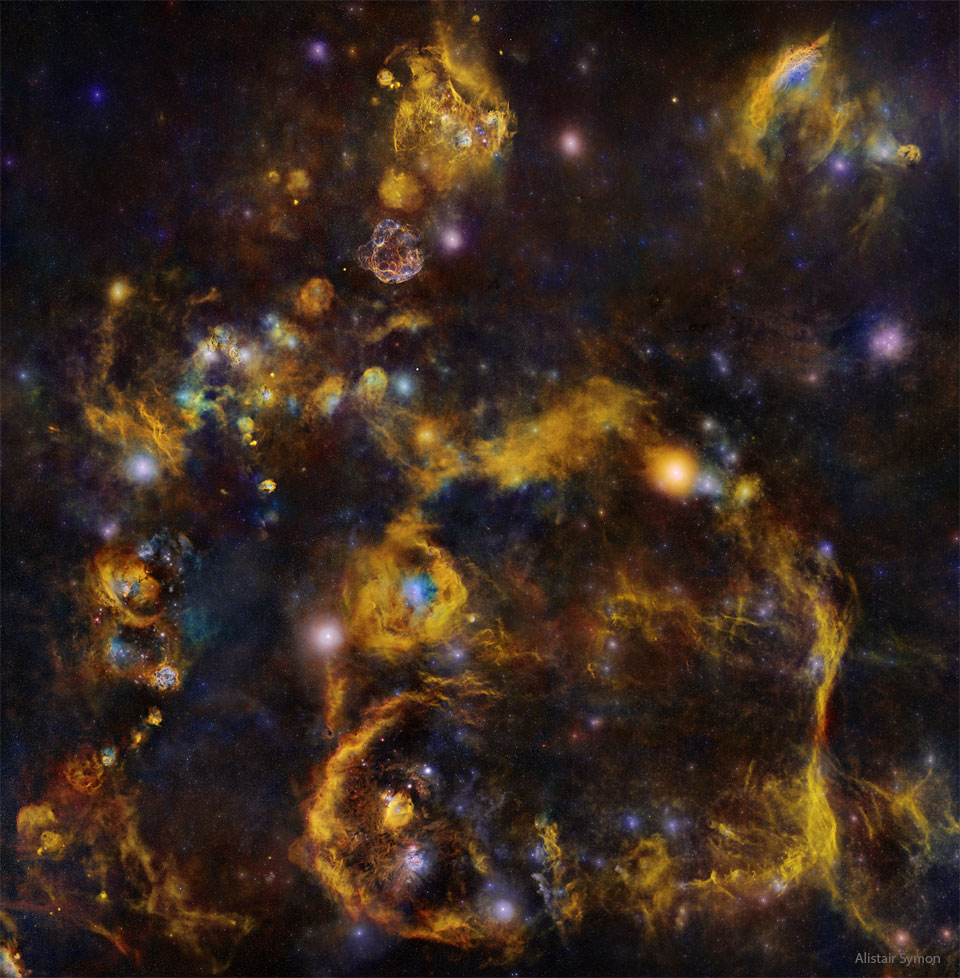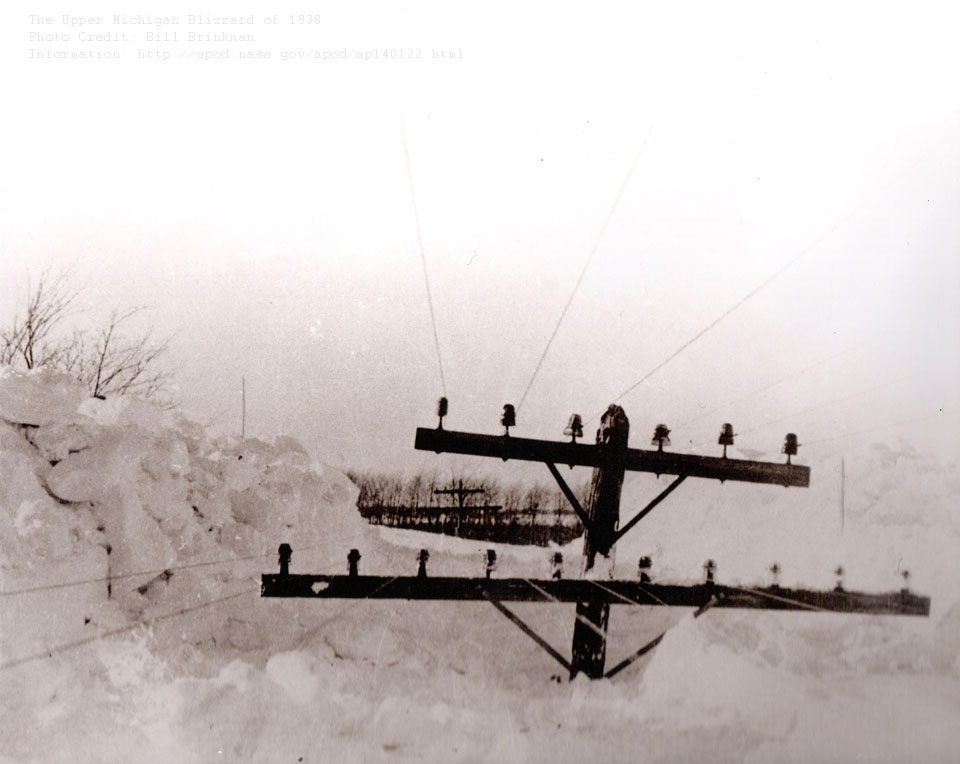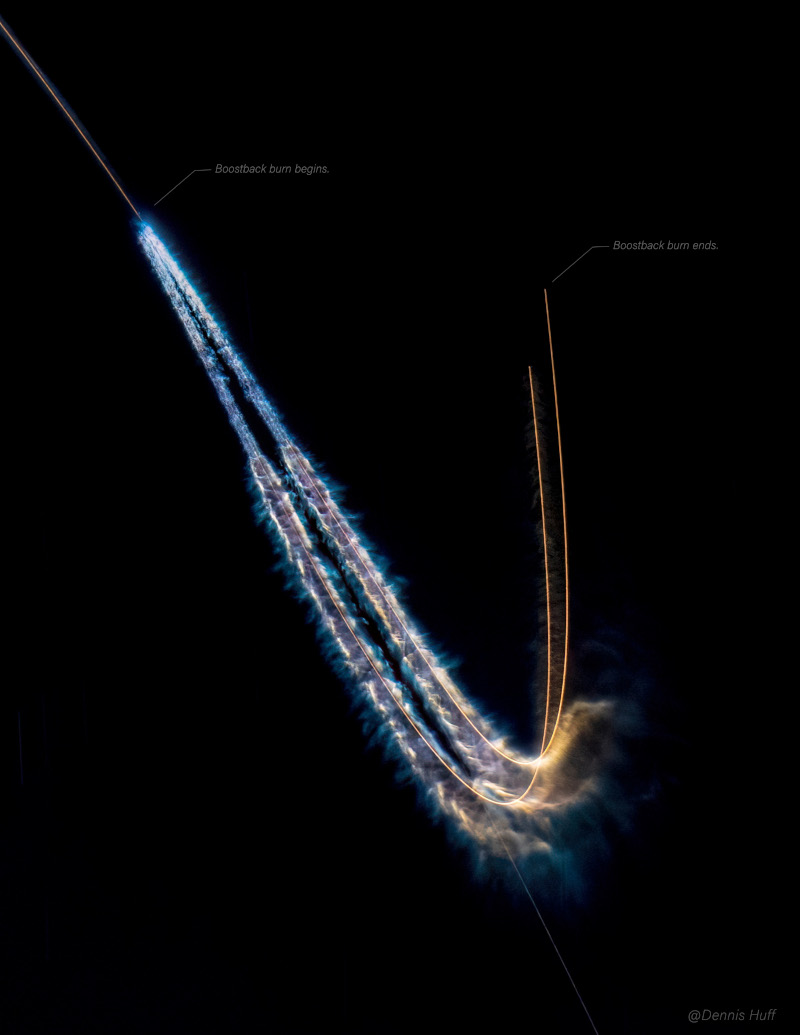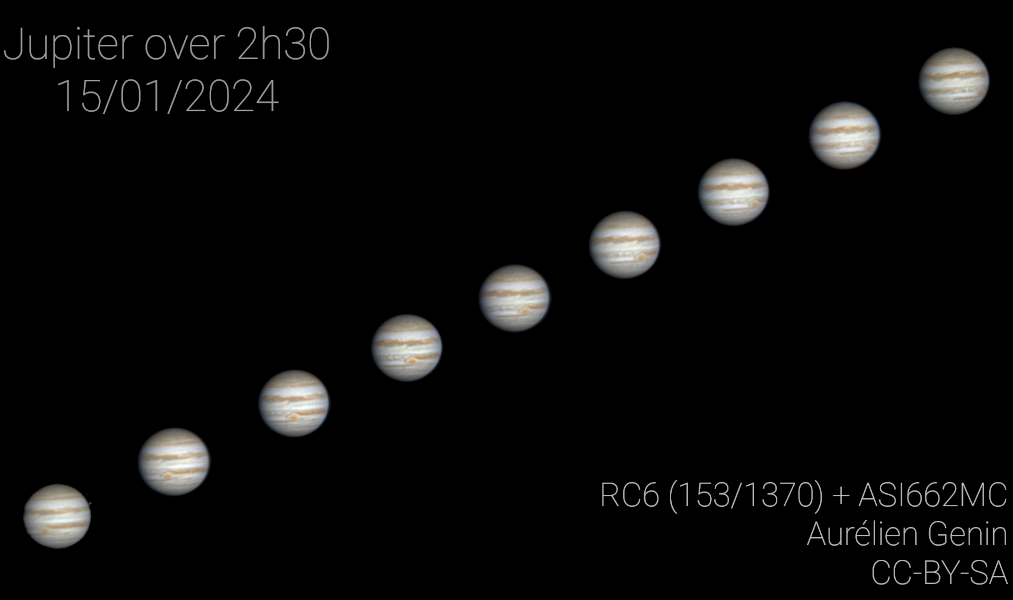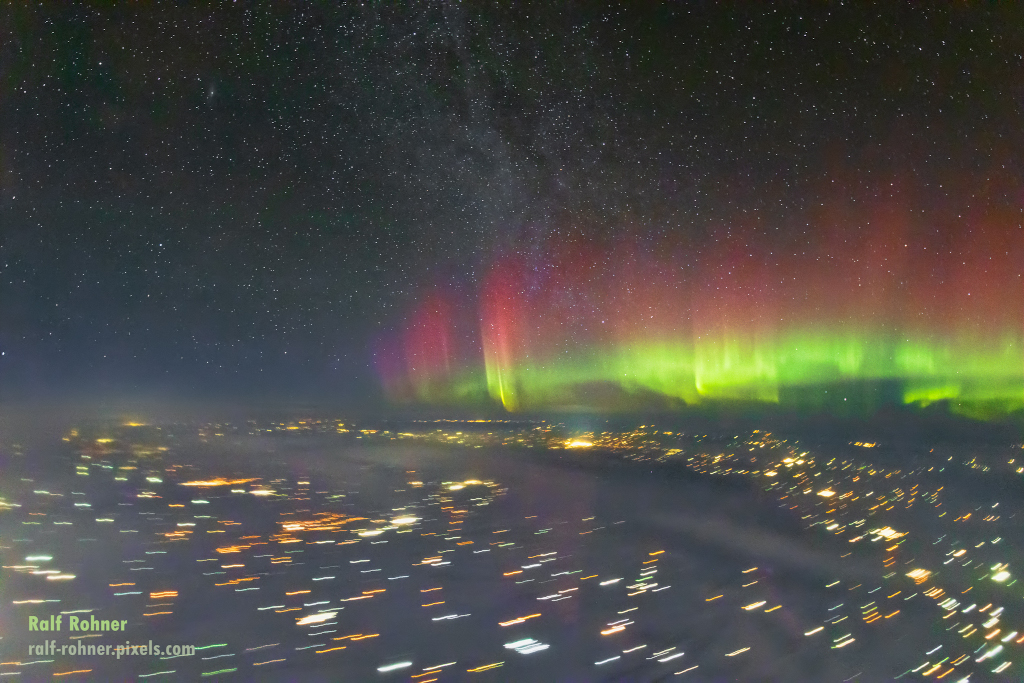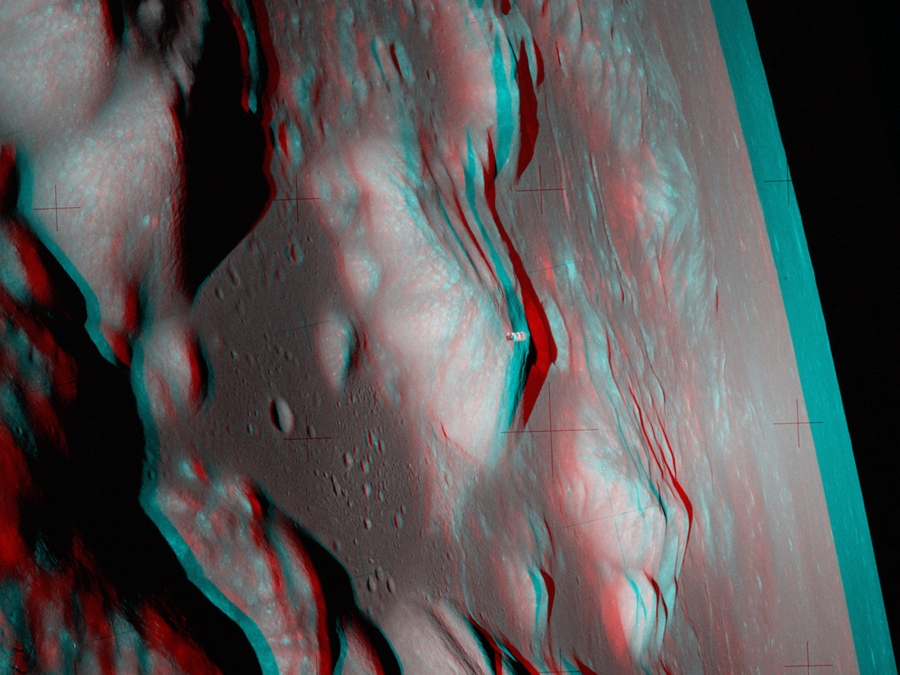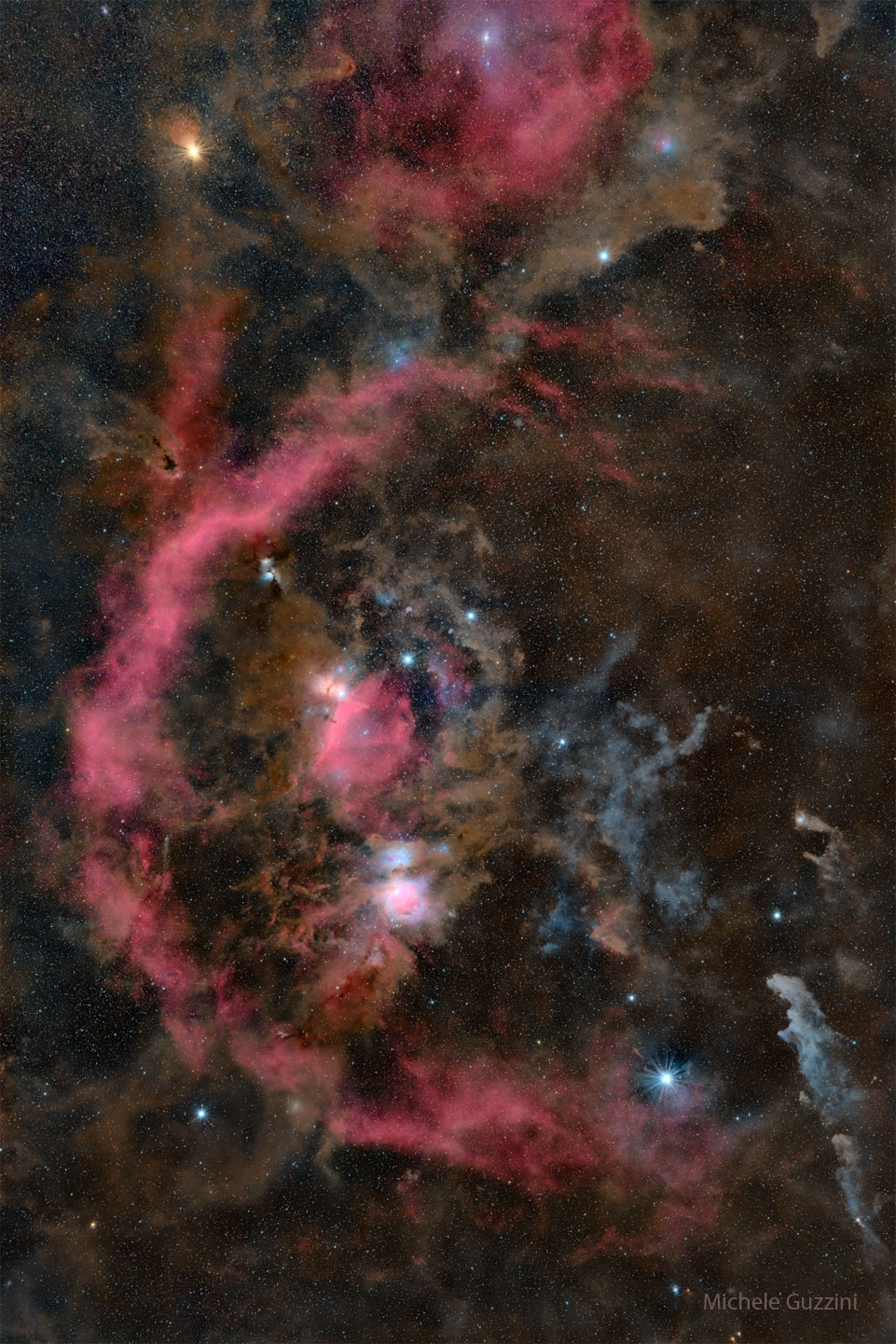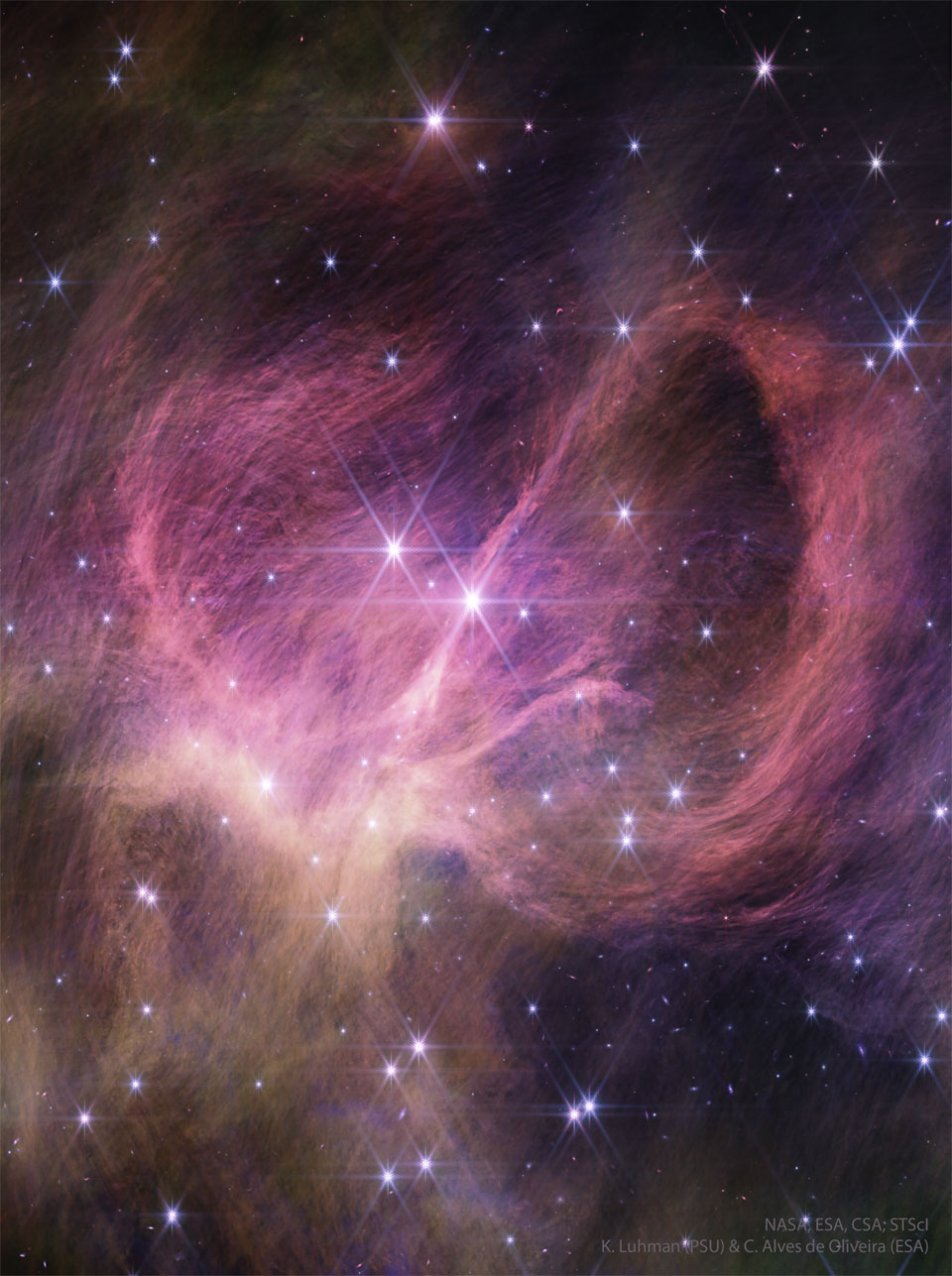안녕하세요, 잡학다식 입니다. 오늘은 과연 나사에서 어떤 방식으로 우주의 형상을 표현해 줄까요?
우선 이미지부터 볼 수 있도록 하겠습니다
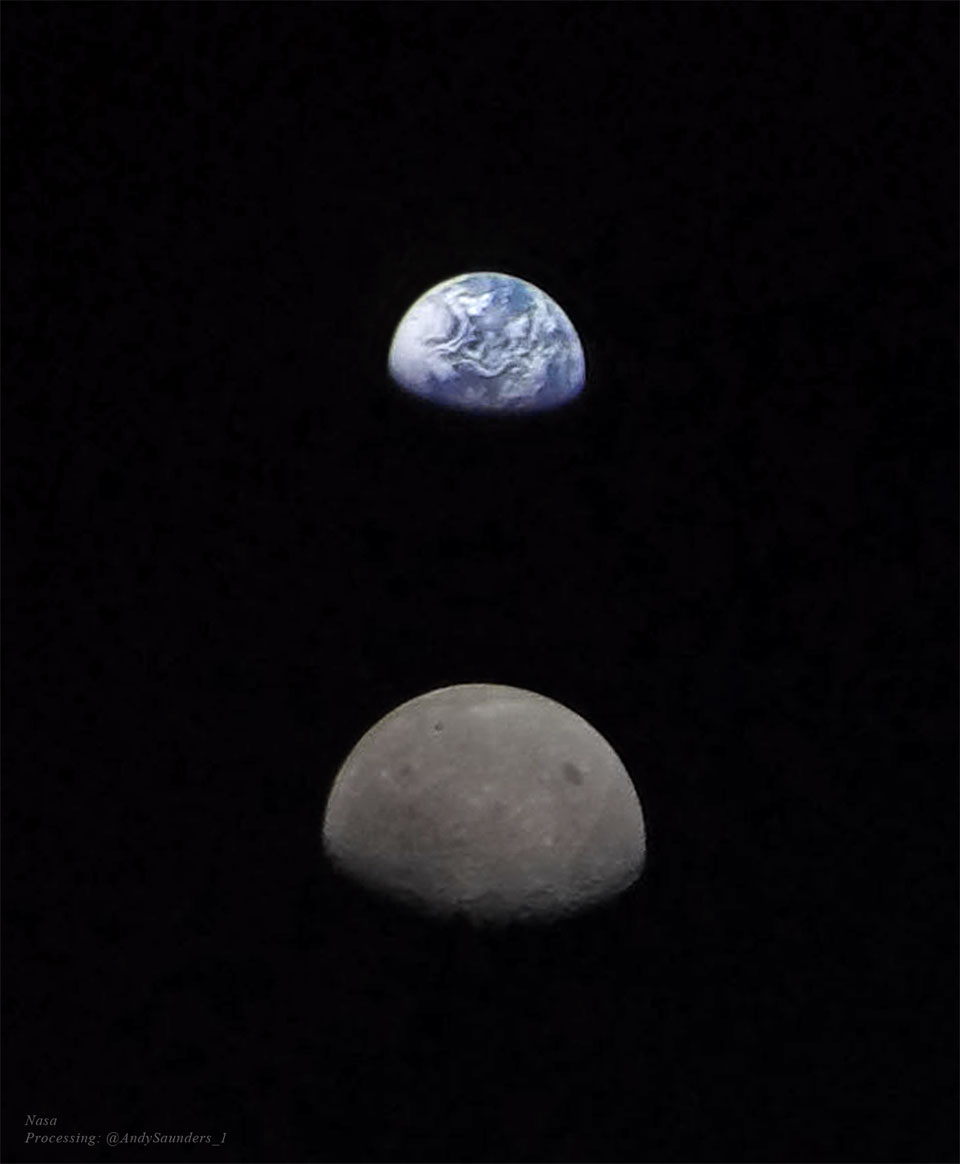
해당 사진의 이름은 Earth and Moon from Beyond 인데요 우선 NASA에서 공식적으로 발표한 설명들을 확인해 보겠습니다
What do the Earth and Moon look like from beyond the Moon? Although frequently photographed together, the familiar duo was captured with this unusual perspective in late 2022 by the robotic Orion spacecraft of NASA's Artemis I mission as it looped around Earth's most massive satellite and looked back toward its home world. Since our Earth is about four times the diameter of the Moon, the satellite’s seemingly large size was caused by the capsule being closer to the smaller body. Artemis II, the next launch in NASA’s Artemis series, is currently scheduled to take people around the Moon in 2025, while Artemis III is planned to return humans to lunar surface in late 2026. Last week, JAXA's robotic SLIM spacecraft, launched from Japan, landed on the Moon and released two hopping rovers. Explore Your Universe: Random APOD Generator
이번에도 광활한 우주 앞에 인간이 얼마나 작은 존재인지 다시 한번 알게 되는것 같습니다
저는 내일도 더 좋은 사진과 함께 돌아오겠습니다, 그럼 행목한 하루 되시길 바랍니다
'과학상식' 카테고리의 다른 글
| NASA 나사의 오늘의 이미지들 (2024-01-26) (0) | 2024.01.27 |
|---|---|
| NASA 나사의 오늘의 이미지들 (2024-01-25) (0) | 2024.01.26 |
| NASA 나사의 오늘의 이미지들 (2024-01-23) (0) | 2024.01.24 |
| NASA 나사의 오늘의 이미지들 (2024-01-22) (0) | 2024.01.23 |
| NASA 나사의 오늘의 이미지들 (2024-01-21) (0) | 2024.01.22 |
